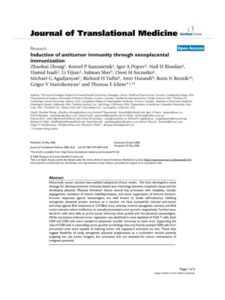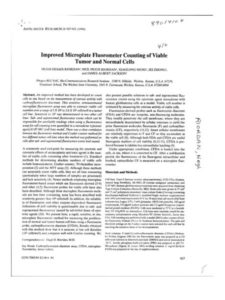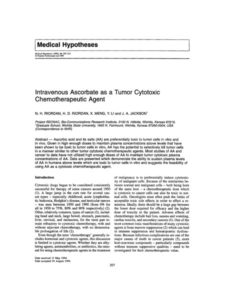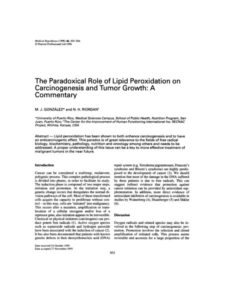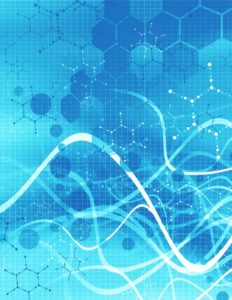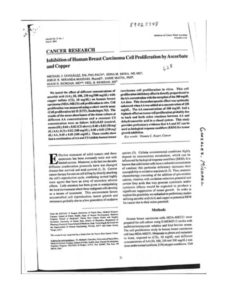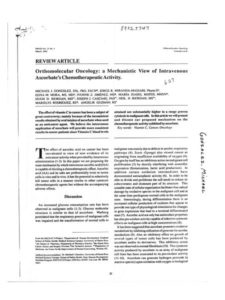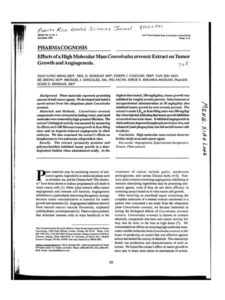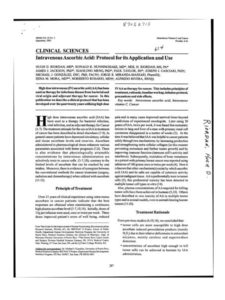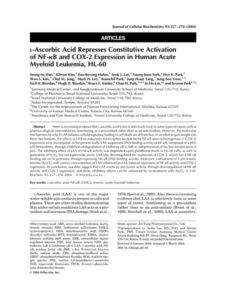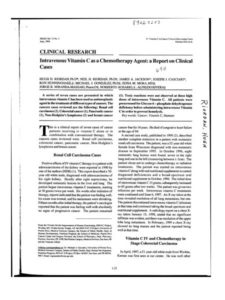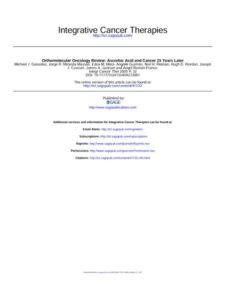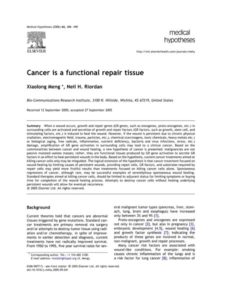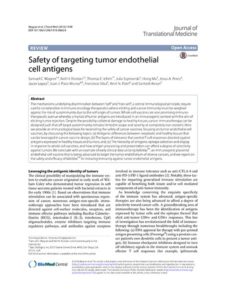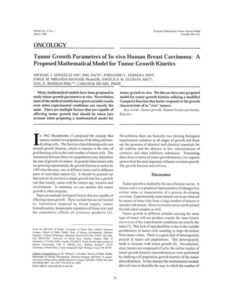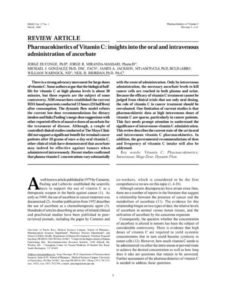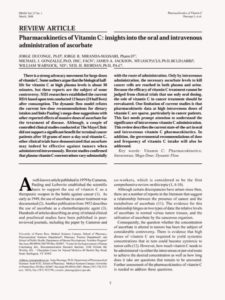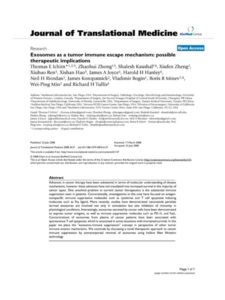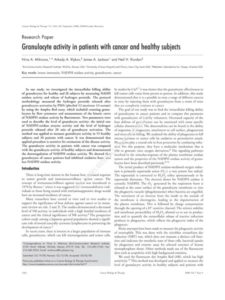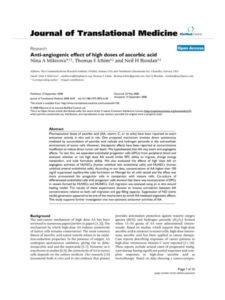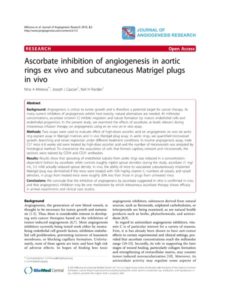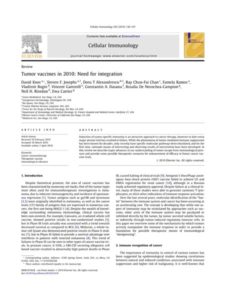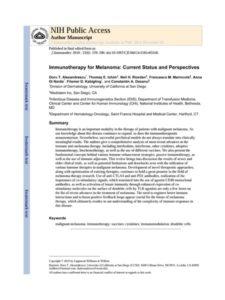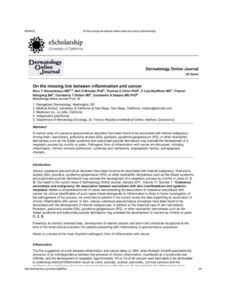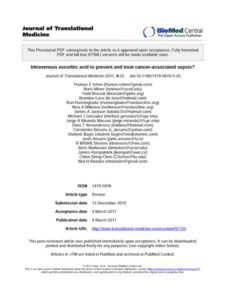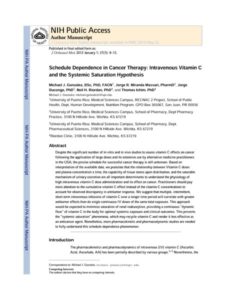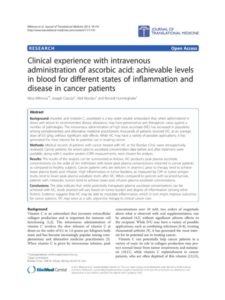Intravenous ascorbic acid as an adjuvant to interleukin-2 immunotherapy.
J Transl Med. 2014 May 13;12:127. doi: 10.1186/1479-5876-12-127.
Wagner SC, Markosian B, Ajili N, Dolan BR, Kim AJ, Alexandrescu DT, Dasanu CA, Minev B, Koropatnick J, Marincola FM, Riordan NH.
Abstract
Interleukin-2 (IL-2) therapy has been demonstrated to induce responses in 10-20% of advanced melanoma and renal cell carcinoma patients, which translates into durable remissions in up to half of the responsers. Unfortunately the use of IL-2 has been associated with severe toxicity and death. It has been previously observed and reported that IL-2 therapy causes a major drop in circulating levels of ascorbic acid (AA). The IL-2 induced toxicity shares many features with sepsis such as capillary leakage, systemic complement activation, and a relatively non-specific rise in inflammatory mediators such as TNF-alpha, C-reactive protein, and in advanced cases organ failure. Animal models and clinical studies have shown rapid depletion of AA in conditions of sepsis and amelioration associated with administration of AA (JTM 9:1-7, 2011). In contrast to other approaches to dealing with IL-2 toxicity, which may also interfere with therapeutic effects, AA possesses the added advantage of having direct antitumor activity through cytotoxic mechanisms and suppression of angiogenesis. Here we present a scientific rationale to support the assessment of intravenous AA as an adjuvant to decrease IL-2 mediated toxicity and possibly increase treatment efficacy.

